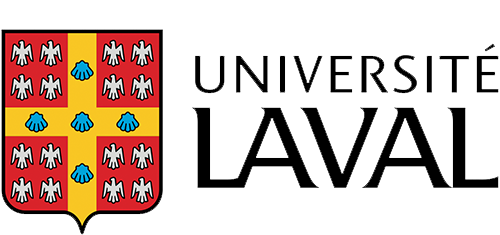« Échantillonnage inverse » : différence entre les versions
m (Remplacement de texte : « ↵<small> » par « ==Sources== ») |
m (Remplacement de texte : « Catégorie:GRAND LEXIQUE FRANÇAIS » par « ») |
||
| (Une version intermédiaire par le même utilisateur non affichée) | |||
| Ligne 14 : | Ligne 14 : | ||
==Sources== | ==Sources== | ||
[ | [https://www.isi-web.org/glossary?language=2 Source : ISI Glossaire ] | ||
[https://isi.cbs.nl/glossary/term1713.htm Source : ISI ] | |||
[https://www.statisticshowto.com/inverse-sampling/ Source : Statistics How To ] | [https://www.statisticshowto.com/inverse-sampling/ Source : Statistics How To ] | ||
| Ligne 22 : | Ligne 24 : | ||
{{Modèle:Statistiques}}<br> | {{Modèle:Statistiques}}<br> | ||
[[Catégorie:Statistiques]] | [[Catégorie:Statistiques]] | ||
{{DEFAULTSORT: echantillonnage inverse}} | {{DEFAULTSORT: echantillonnage inverse}} | ||
Dernière version du 23 août 2024 à 20:19
Définition
Dans l'échantillonnage inverse, on continue à choisir des éléments jusqu'à ce qu'un événement se soit produit un nombre spécifié de fois.
Il est souvent utilisé lorsqu'on ne connait pas la taille exacte de l'échantillon que l'on souhaite prélever.
Français
échantillonnage binomial inverse
échantillonnage inverse
Anglais
inverse sampling
Sources
Contributeurs: Claire Gorjux, wiki










